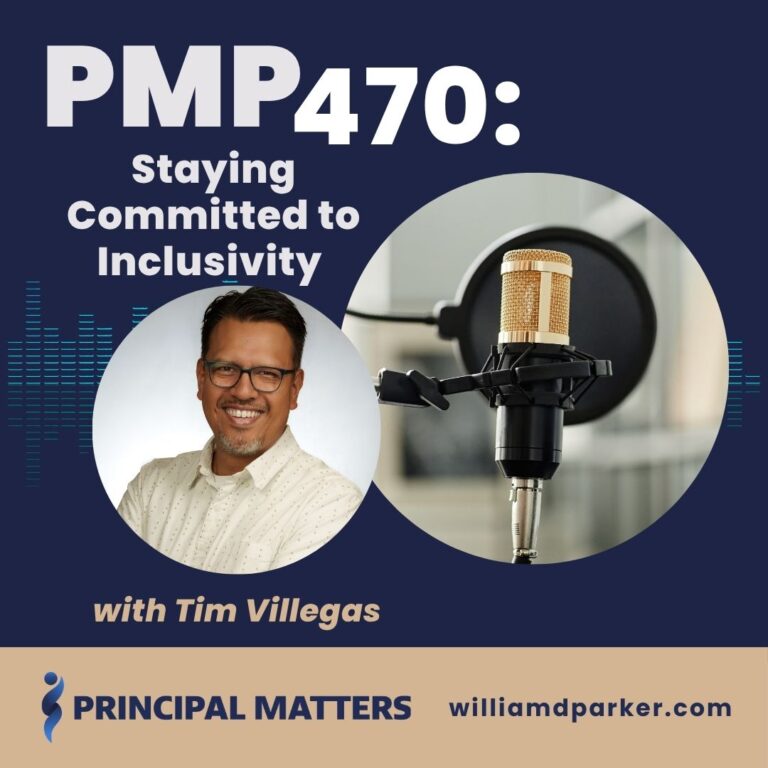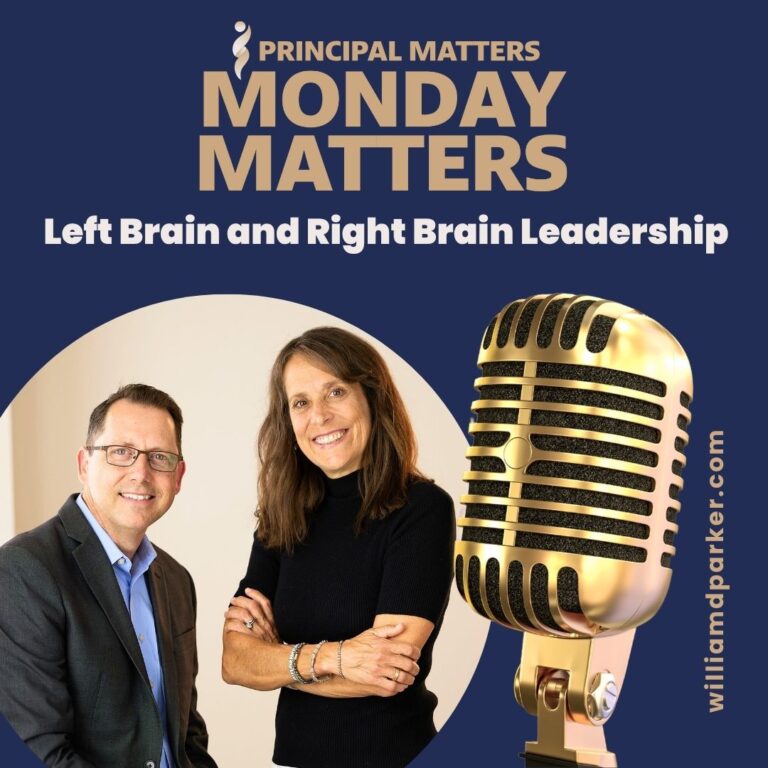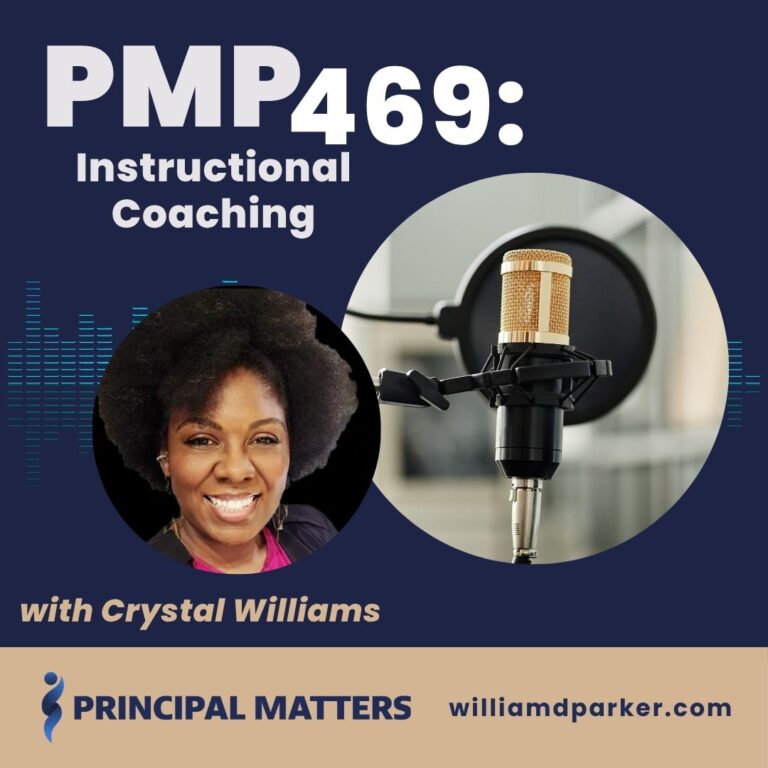All four of my children were taught to swim by a retired teaching couple that lives in our community.
She was a kindergarten teacher, and he was a secondary teacher, coach, and principal.
A couple of summers ago, I was sitting poolside watching them teach a group of first and second graders. They were clear with their instructions and enthusiastic about their lesson. They modeled and demonstrated the skills they were teaching. And they guided students through practice, correcting them when needed, and praising them when they succeeded.
I remember thinking how I would have loved to videotape the entire session and show it to educators as a perfect example of great teaching.
I love to swim, and I had helped my children learn to tread water. But Ms. Suzanne and Mr. Rick taught my children survival skills and techniques for each kind of stroke. In the process, I learned more about swimming too!
How Do You Know Good Teaching When You See It?
When I was a Language Arts teacher, I developed a lot of understanding for the standards, strategies, and curriculum goals high school students needed in Language Arts. But when I transitioned to becoming a school administrator, I began observing and evaluating teachers from other subject areas—many vastly different from the one I had taught.
Sometimes new or aspiring school leaders feel a bit overwhelmed by the prospect of providing feedback to someone with a different area of expertise. Just like I was able to identify the amazing teaching abilities in my children’s swim instructors, you can learn to see similar yet unique characteristics in any instructor.
Lots of research has been done to identify the characteristics great instructors share—regardless of their subject area. In my state, Oklahoma, schools typically use one of two models that detail these dimensions: the Marzano Model or the Teacher Leader Effectiveness model (TLE). Both models identify categories of teacher behavior that can be observed in effective teachers regardless of their subject area.
In the TLE model, for instance, twenty categories are identified that measure teacher effectiveness:
1. Preparation
2. Discipline
3. Building-Wide Climate Responsibility
4. Lesson Plans
5. Assessment Practices
6. Student Relations
7. Literacy
8. Current State Standards
9. Involves All Learners
10. Explains Content
11. Clear Instruction & Directions
12. Models
13. Monitors
14. Adjusts Based upon Monitoring
15. Establishes Closure
16. Student Achievement
17. Professional Development
18. Professional Accountability
19. Effective Interpersonal Skills
20. Professional Involvement & Leadership
What I like about this list is how it focuses on performance and quality of education, not just the content.
Easy Steps For Observing Any Teacher
When I begin an observation, I spend the first twenty to thirty minutes observing without even looking at a rubric. I want to understand the dynamics of what is happening, get a sense for student interaction, and make sure of the context for the lesson I’m seeing. I also check curriculum maps or lesson plans.
After I’ve taken notes on those observations, I begin using a rubric that provides categories for what I have observed or still need to see.
10 Questions For Quick Feedback
You can check out the one I use in the TLE model, but here’s a condensed version of questions any rubric should help you answer:
1. How does the teacher organize his or her instructional time to optimize learning experiences?
2. How does the teacher connect today’s lesson to prior learning or prompt students to consider the meaning or reasoning in today’s lesson?
3. Is the presentation clear, provided with examples, and connected to prior learning?
4. How are students engaged? Are they invited to participate by reading aloud, working in groups, managing hands-on activities, writing responses, or experimenting in labs?
5. What kind of monitoring, modeling, re-teaching, and feedback is provided to students?
6. What kind of prior planning and mapping have happened before today’s lesson?
7. In mapping or plans, has teacher identified skills in line with state or college-ready curriculum standards?
8. What kind of professional behavior, outreach to parents, leadership among staff and teachers, or professional development has this teacher been pursuing?
9. How does he/she modify and accommodate for students with special needs?
10. How does the teachers summarize and assess student progress? In closure, how does he/she reiterate the main lessons learned today?
Observing Chemistry
As a former Language Arts teacher, I admit I don’t remember all the elements of a periodic table in chemistry; however, by using questions like the ones above, I have still been able to observe advanced science and mathematics classes and provide feedback.
Because observations are followed by a time with a teacher to review and discuss, these conversations also allow even more feedback. During these meetings, you can ask questions like, “Where do you feel things are going well, and where do you see room for improvement?” or “What are some ways I can better support what you’re doing?”
A few teachers may need clear direction if they are unaware of ways to improve, but most teachers have a keen sense of their own strengths and weaknesses, and reflecting together allows them to be a part of finding solutions, resources, or asking for more specific feedback.
Asking Students For Feedback Too
Another way I assess the quality of instruction is by asking students to explain to me what they’re learning. Many times they explain it in easy-to-understand terms that help me know what questions to ask in follow-up. If I ask these questions with a teacher nearby, the teacher can follow-up with more explanation or clarify misunderstanding.
Finally, assessments–although sometimes over-emphasized–can help you gauge effectiveness through student performance. Keep it simple: can the student demonstrate what he or she just learned? How are the majority of students scoring on exit exams? In future settings, do students require significant remediation, or do the majority perform at appropriate levels?
Conclusion
My children all love to swim, and a big part of that credit goes to their swim instructors. I don’t want to give the impression that good teaching is easy; it’s not. Just like a great actor or musician appears to perform with ease and grace, usually their skills have been developed over years and years of practice.
At the same time, you usually know a great performance when you see it. And identifying effective teaching and best practices–regardless of the age-level or subject matter—happens when you look for the skills, enthusiasm, feedback, and outcomes most commonly displayed when good learning is happening.
Now It’s Your Turn
What are some other ways you’ve learned to provide helpful feedback to others, regardless of their subject matter? Share some best practices by commenting on this post.
Sign-Up For Free Updates
When you enter your email address here, you will automatically receive my newest posts. Let’s keep learning together!




